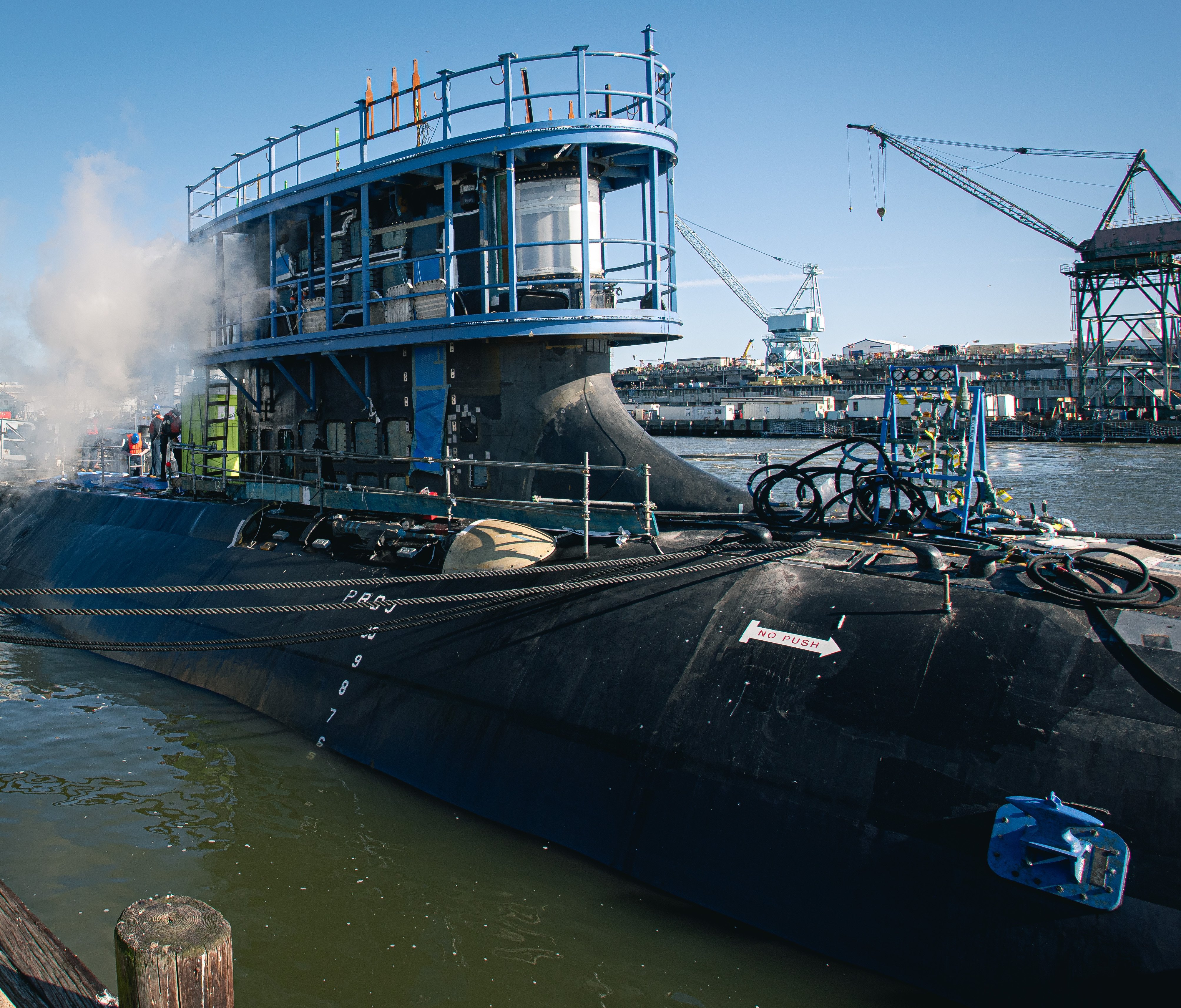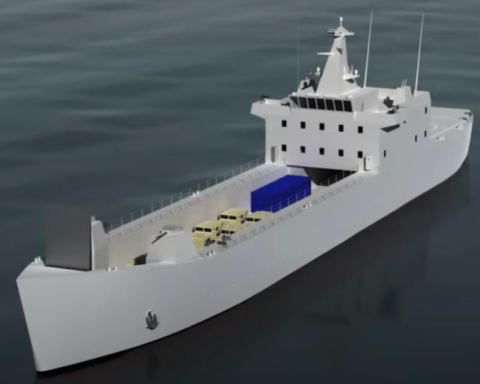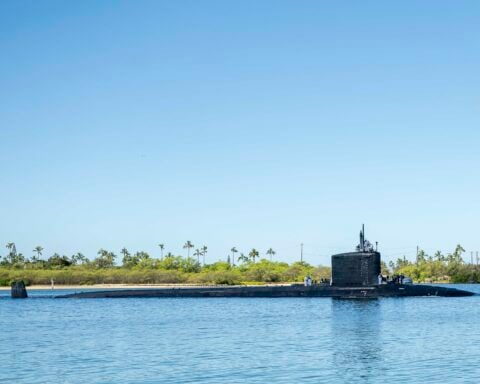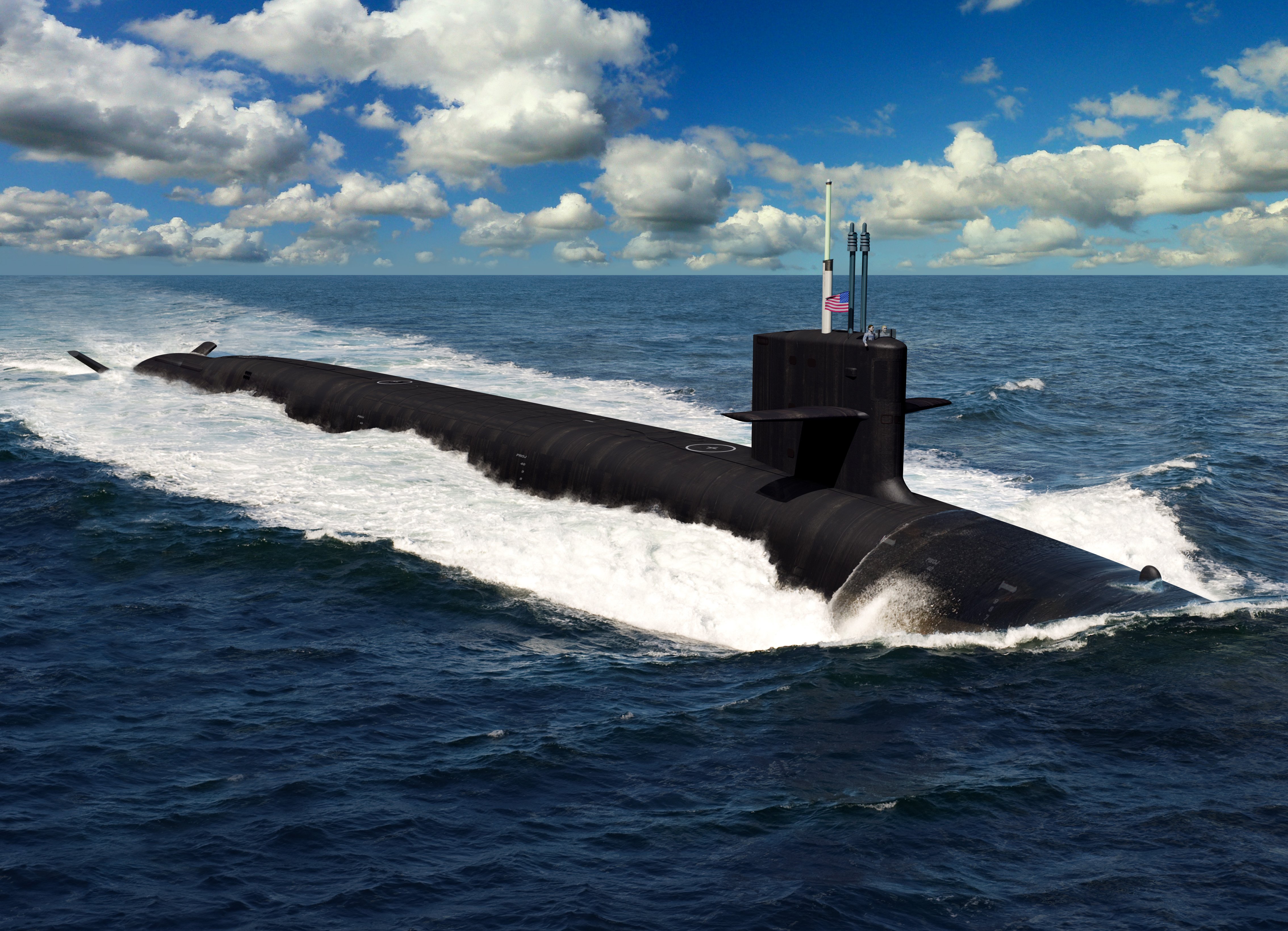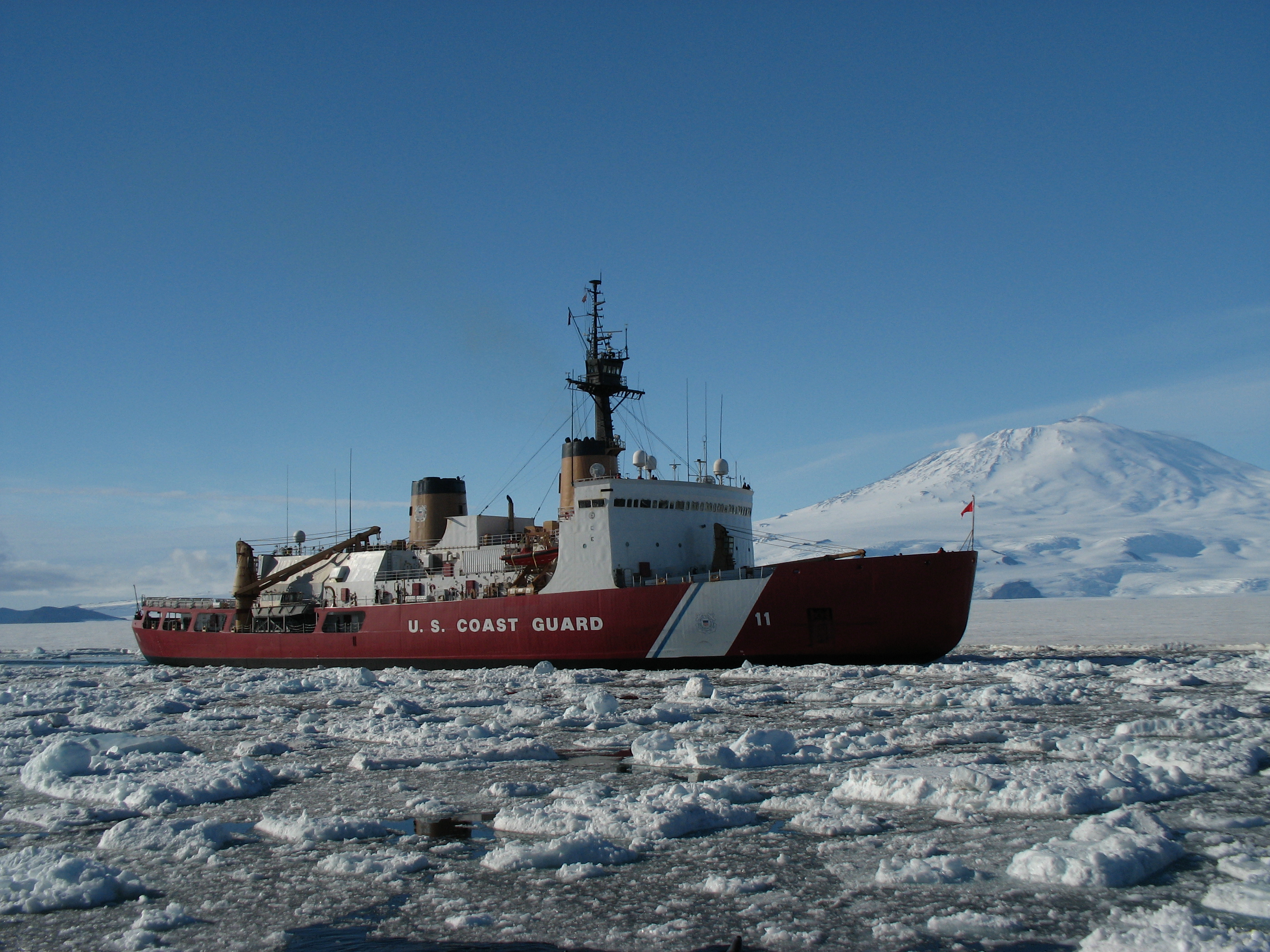
The Coast Guard is in consultation with the Canadians and Finnish ship designers on technology that could end up in a future U.S. icebreaker, the service’s assistant commandant for acquisitions said on Thursday.
“We’re working very closely with the Canadians and the Finns because there’s a small technological base of real ice breaking experts in the world,” Rear Adm. Bruce Baffer said at the .
“We’re trying to keep from recreating the wheel whenever we can.”
Last month, commandant Adm. Paul Zukunft said an independent analysis commissioned by the service determined that the service needed 6 icebreakers to meet the needs of the Coast Guard — three medium and three heavy.
Though the service has vocalized the need , how the Coast Guard reaches the goal is still an open question.
“It’s going to be more difficult. The acquisition strategy — we’re thinking though that strategy and how can we make it as affordable as possible,” he said.
“But the icebreaker is going to be a real acquisition challenge for us on how we do that.”
The service’s current top acquisition priority is the 25-ship offshore patrol cutter (OPC) — a potential $11 billion program.
“The problem is with the icebreakers it doesn’t fit into the capital investment plan with OPCs,” Baffer said.
“It’s a lower priority for the commandant than OPCs and getting that offshore capability.”
Baffer said the affordability challenges were two-fold — “just because of the number of ships [and the] industrial base,” he said.
“We haven’t built a heavy icebreaker since 1975.”
Russia, in comparison, has almost 40 icebreakers and up to 12 under construction.
Currently the Coast Guard has two operational icebreakers — heavy icebreaker USCGC Polar Star (WAGB-10) and medium icebreaker USCGC Healy (WAGB-20). The National Science Foundation also leases a research icebreaker — Nathaniel B. Palmer.
The Coast Guard will evaluate in the next year if laid up USCGC Polar Sea (WAGB-11) could be affordably reactivated.


